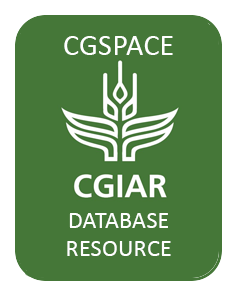Agricultural transformation in maize producing areas of Africa
Maize is a critical staple cereal across Sub-Saharan Africa but attempts to improve its productivity in small-scale farming systems often prove disappointing. The 12 key technologies required to overcome poor yields are mostly known, but the manner that they are mobilized, packaged, and delivered requires re-evaluation. Combinations of better varieties and their necessary accompanying inputs must become more available and affordable for an African maize revolution to succeed, and land must be managed in ways that enhance, rather than diminish, land quality over time.

